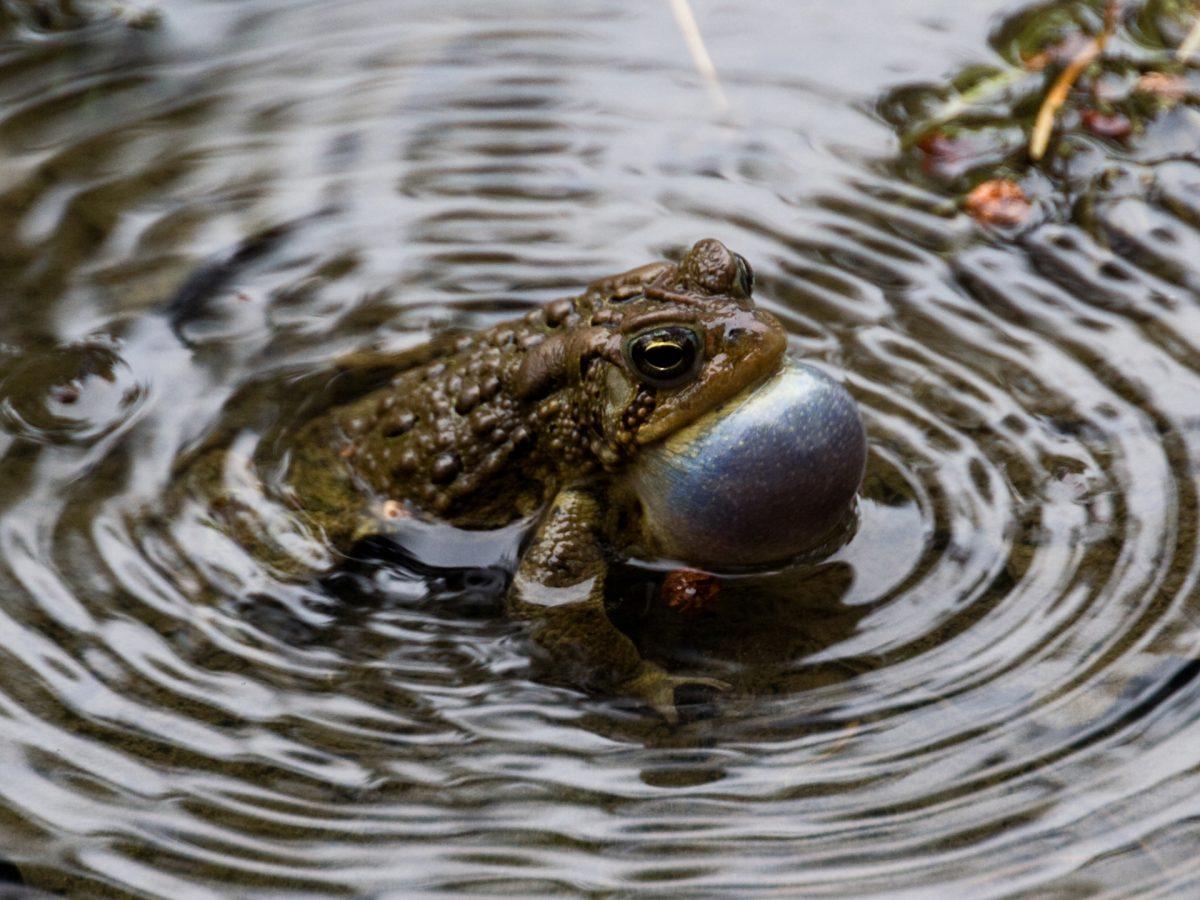by Ron Luft
Besides the omnipresent Ring-billed Gulls, Mallards, Mute Swans, Canada Geese, Starlings, House Sparrows, Rock Pigeons, Mourning Doves and Crows, there is a wide variety of birdlife in High Park. The Park is active year round. The ‘all time’ list for the park is extensive at over 260 species but that includes many rarities and exotic transients.
Year-round Birds
Other birds that can be found all year include: Northern Cardinal, Blue Jay, Black-capped Chickadee, Hairy and Downy Woodpecker and American Robin. Most of these species can be found throughout the park. In winter a favourite hangout for many is the eastern side of the allotment gardens and the western side of the Duck Ponds, particularly where Spring Creek flows into the pond. Several hawk species occur throughout the year in the park and occasionally nest here. These include the dramatic Red-tailed Hawk, the furtive Cooper’s Hawk and the diminutive American Kestrel. Several owl species may pass through the park during migration. Screech Owl nest regularly. With persistent searching during October and November, one may find tiny Saw-whet Owl concealed in a shrub or conifer.
Fall
A real highlight of birding in High Park happens in the fall. The Hawk Watch Hill is so named because observers monitor daily hawk migrations from Labour Day through to November (see High Park Hawk Watch). About a dozen species are seen each year including Osprey, Golden Eagle, Bald Eagle and thousands of Broad-winged Hawks. Hawk Hill is immediately north of the large parking lot beside the Grenadier Café. Most of our breeding species depart in the fall but many other migrants and winter residents arrive. The list of migrants passing through in fall is long and it is really a matter of timing and luck as to what can be seen. Between October and freeze-up of Grenadier Pond (late December), it is worth scanning the pond with binoculars for waterfowl such as Grebes and many duck species such as Mergansers, Northern Shovelers, Buffleheads, and Long-tailed Duck. White- and Red-breasted Nuthatches, Cedar Waxwings, Purple Finches and Goldfinches are also seen most frequently in the fall, although some occur at other times of the year as well. Many of the smaller birds can often be found in the areas such as Spring Creek Ravine (check both sides of the valley), Allotment Gardens and the Duck Ponds.
Winter
Winter is not nearly as bleak in the park as one might expect. Bird sightings vary from year to year depending on the weather. The sites listed earlier all merit searching throughout the winter months. Besides the smaller birds there may be Owls seeking cover in Pines and Spruces and tree hollows. Look both high and low and with patience. Any open water will attract birds in winter so check the creeks and ponds. Shelter is at a premium in this season, so conifer, dense thickets and tangled shrubbery are favourite spots for winter birds.
Spring
This season is by far the most exciting and anticipated time of the year. Migration begins in March with Grackles, Red-winged Blackbirds and Robins. In April and early May, Brown Thrashers, a few thrushes, flycatchers and finally some early warblers arrive. In May things really get rolling - 25 to 30 species of warblers may be recorded during the month. Add more Flycatchers, Vireos, Baltimore Oriole, Scarlet Tanager, Rose-breasted Grosbeak and Indigo Buntings, and the Park is alive with flashes of brilliant colours. Bird migration will be hectic until early June. Hotspots include the eastern shore and hills of Grenadier Pond, Spring Creek Ravine and all wetlands.
Summer
Oddly, the time of year that the Park is most active with people is perhaps the least interesting for birders. Spring migrants have moved north, leaving a few breeding species such as orioles, thrushes and wrens. Summer is dominated by Red-wingeds, Grackles, Starlings, and Robins. Keep a watch out for Northern Flickers in fields and trees. At this time Grenadier Pond and both duck ponds become favourite feeding areas for Black-crowned Night-Herons, Great Blue Herons and Great Egrets. Occasionally a Green Heron may also be seen. In recent years the Duck Ponds and Grenadier Pond have been adopted by several pairs of Wood Ducks. The male is one of the most striking and beautiful birds anywhere. Young Woodies stay until October before dispersing.
Sources
This articles doesn't have sources.
See also
- Birds of Toronto's High Park
- Birding with Noah by William C. Mansell. From Vol. 16, No. 4, Ontario Naturalist, Sep/Oct 1976. PDF (95 Kb)


























